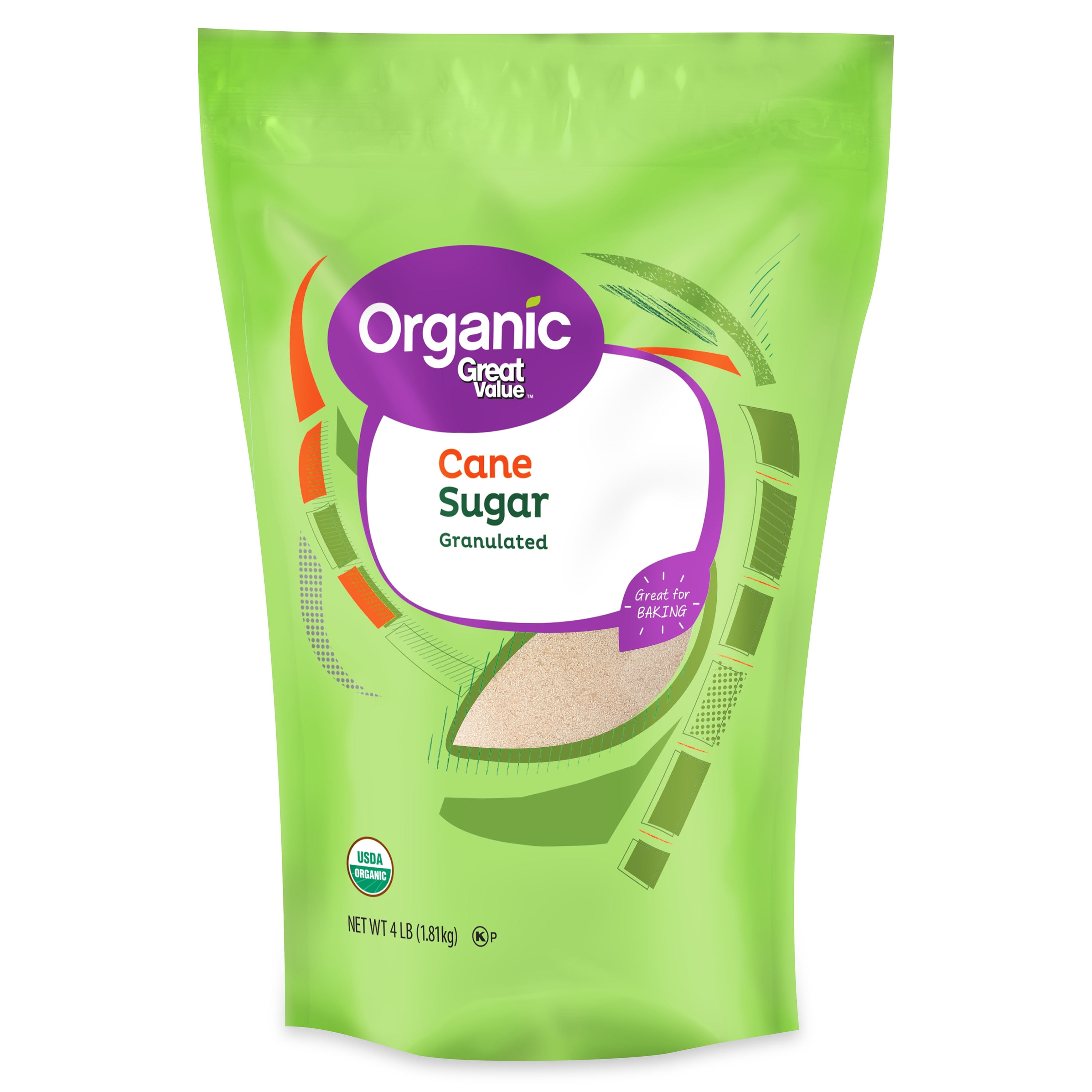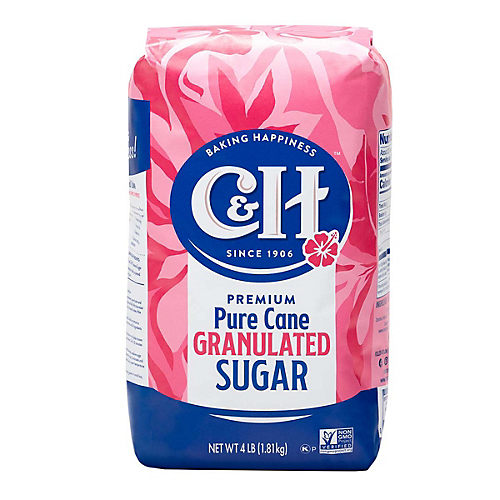The Science Behind Cane Sugar Processing: How Sweetness is Refined
The Science Behind Cane Sugar Processing: How Sweetness is Refined
Blog Article
Discovering the Comprehensive Tips Associated With Cane Sugar Processing From Harvesting to Improvement
The procedure of cane sugar production incorporates a collection of intricate actions, starting with the cautious harvesting of sugarcane and culminating in the refinement stages that make sure the final product satisfies industry criteria. Each phase, from the extraction of juice to the purification and condensation processes, plays an important role in figuring out the top quality and character of the sugar. Understanding these phases not just highlights the complexity of sugar manufacturing but also elevates vital questions concerning performance, sustainability, and development in the industry. What effects do these aspects have for future practices?
Collecting Sugarcane
Collecting sugarcane is a crucial step in the cane sugar processing chain, as it straight influences the high quality and yield of the end product. Correct timing and strategies are essential during this phase to make sure ideal sugar material and lessen losses. Commonly, sugarcane is harvested when it reaches maturity, usually 12 to 18 months after planting, characterized by a high sucrose concentration.

Post-harvest, the sugarcane should be processed quickly to prevent sucrose deterioration. Preferably, collected walking stick needs to be carried to refining facilities within 24 hours to preserve sugar top quality. For that reason, reliable logistical planning is crucial to preserve the honesty of the collected crop throughout the supply chain.
Removal Refine
:strip_icc()/How-to-Plant-and-Grow-Sugar-Cane-965303384-2fdac181359d44c185dfa7988fc181a8.jpg)
The smashed walking stick undergoes a collection of pushing procedures to take full advantage of juice recuperation. Normally, warm water is sprayed onto the crushed cane, developing a countercurrent circulation that aids liquify the sugar while likewise aiding in the removal procedure. The juice gathered from this operation contains not just sugar but also numerous natural compounds and impurities.

To improve extraction performance, some facilities may utilize diffusion techniques, where the sugarcane is taken in warm water, permitting the soluble sugars to diffuse into the fluid. The resulting juice, abundant in sucrose, is then guided to subsequent handling stages, laying the foundation for filtration and refinement. The removal process is hence crucial in determining the quality and return of the last sugar product.
Filtration Methods
The purification strategies utilized in walking cane sugar processing are necessary for transforming the raw juice into a high-grade sugar product. These approaches mainly intend to eliminate contaminations, such as soil, plant products, and not natural compounds, which can detrimentally impact the end product's flavor and shade.
This procedure involves adding lime and warm to the raw juice, which promotes the coagulation of impurities. Additionally, the use of phosphoric acid can enhance the information process by further binding impurities.
An additional substantial strategy is carbonatation, where co2 is introduced to the cleared up juice. This response generates calcium carbonate, which records continuing to be impurities and promotes their removal.
Additionally, triggered carbon treatment may be put on adsorb any kind of continuing to be colorants and natural pollutants, ensuring a much more refined item. The combination of these methods successfully prepares the sugar juice for succeeding action in the refining process, setting the stage for the manufacturing of high-grade cane sugar.
Formation Approaches
After the filtration phase, the following essential action in walking cane sugar processing includes crystallization techniques, which play a critical role in changing the cleared up juice into strong sugar. This process usually employs 2 main methods: spontaneous formation and controlled condensation.
In spontaneous condensation, supersaturated sugar remedies are enabled to cool find here normally, leading to the development of sugar crystals in time. This technique is easier however might cause uneven crystal dimensions and lower pureness levels. On the various other hand, managed formation is a much more accurate strategy where seeding, concentration, and temperature level representatives are thoroughly managed. This technique allows for the uniform development of sugar crystals and greater purity.
During crystallization, the cleared up juice is focused through evaporation, boosting its sugar material till it gets to supersaturation. Once this point is accomplished, either technique can facilitate the condensation procedure. Cane Sugar Processing. The resultant sugar crystals are after that divided from the continuing to be syrup through centrifugation
Eventually, the choice of formation method affects the quality, size, and purity of the final sugar product, making this step important in the general walking cane sugar handling treatment.
Improvement and Product Packaging
Exactly how can the pureness and high quality of walking cane sugar be better improved after condensation? The refinement process plays a critical duty in attaining premium walking cane sugar. Adhering to formation, sugar undergoes a complete cleaning to get rid of impurities and residual molasses. This is typically accomplished making use of cozy water or vapor, which aids liquify and draw out unwanted components while preserving the sugar crystals.
Next, the sugar undergoes a process called centrifugation, where it is spun at high rates to separate the detoxified sugar crystals from the continuing to be liquid. After centrifugation, the sugar is often further refined via a technique called carbonization or phosphatation, which utilizes turned on carbon or phosphoric acid to eliminate color and off-flavors.
When improved, the sugar is dried out to accomplish the wanted dampness material, guaranteeing that it continues to be secure look these up during storage space and transportation. The last action includes product packaging the refined sugar in impermeable and moisture-proof containers to maintain its top quality and avoid contamination. Cane look here Sugar Processing. Correct packaging not just prolongs service life but likewise helps with very easy handling and circulation, ensuring that customers receive sugar that satisfies the highest possible standards of pureness and top quality
Conclusion
The detailed actions included in cane sugar processing, from the thorough harvesting of sugarcane to the elaborate refinement and packaging stages, highlight the value of each stage in ensuring high-grade sugar production. Optimal harvesting methods, effective removal techniques, and strenuous filtration processes collectively add to the last item's pureness and security. The condensation and succeeding product packaging techniques better boost the honesty and life span of the sugar, highlighting the complexity and precision integral in this vital farming industry.
The process of walking cane sugar manufacturing incorporates a series of elaborate steps, beginning with the mindful harvesting of sugarcane and finishing in the improvement stages that guarantee the final item fulfills market requirements. Preferably, collected walking cane must be transported to refining facilities within 24 hours to maintain sugar top quality.In spontaneous condensation, supersaturated sugar services are allowed to cool down naturally, leading to the development of sugar crystals over time - Cane Sugar Processing. The improvement process plays a crucial function in achieving premium walking stick sugar.The comprehensive actions included in cane sugar handling, from the thorough harvesting of sugarcane to the complex refinement and product packaging stages, emphasize the value of each stage in guaranteeing top quality sugar manufacturing
Report this page